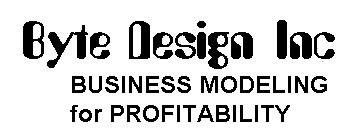
|
|
|
|
Paper Production This Paper Production model involves ten paper machines at four locations, each with different capabilities. Recipes are downloaded from plant data into two categories: prefer to make on the machine, and can make on the machine. Current inventory (including In-Transit material), Sales Forecast (by Product and Region) and Backlog are all downloaded from Enterprise Systems on a regular basis. Freight rates and shipment times (by 3-5 different modes), and auxiliary machine locations and capabilities are all built into the model. The model normally runs 12-14 time periods (either weekly or bi-weekly). Manufacturing schedules are read in and locked for the first 2-3 time periods, but the model generates the build plan that follows. Products are scheduled constrained by certain rules from the Enterprise, such as "make this no more often than monthly". Product SKUs are aggregated into Products by Recipe and Form Factor (rolls, sheets, etc), and smaller customers are aggregated by location, to make the model solvable in a few hours. The model normally runs with 3000 products made on some of the ten paper machines, sometimes post-processed on Sheeters or Coaters, and then shipped to one of 40 location codes. The model takes into account inventory (both on the floor and in-transit) when building a production plan. The model runs in semi-continuous mode: Paper Machines can be scheduled for zero tons in a time period, or, if they run a recipe, a minimum number of tons (settable by recipe, by machine) must be produced. This avoids solutions asking for production of 1 or 2 tons, which would be silly considering setup time and cost. Another version of the model, derived from the same source data, is used for 1-3 year budgeting cycles and testing of business cases. Key Benefits
|
|
Send mail to
webmaster@bytedesign.com with
questions or comments about this web site.
|